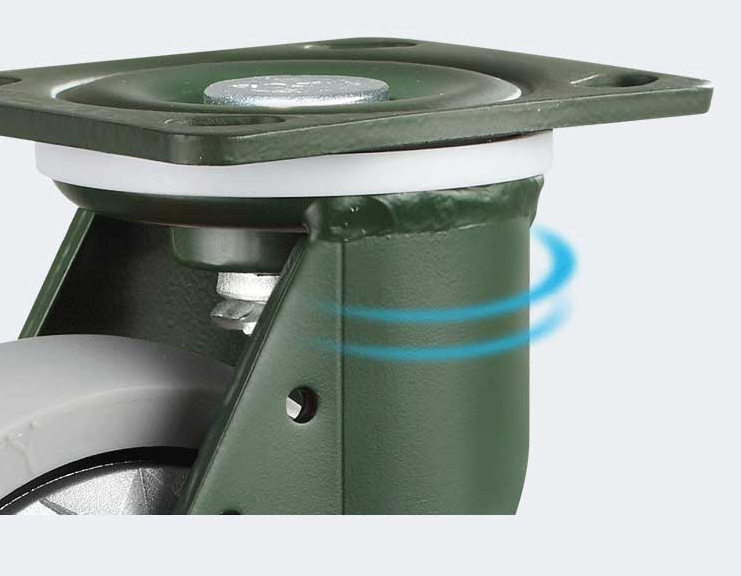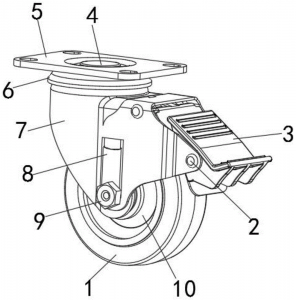A gimbal is a special wheel design that can rotate freely in multiple directions, allowing a vehicle or robot to move in a variety of angles and directions. It consists of a series of specially constructed wheels, usually with special rolling mechanisms on each wheel.
In general, the production principle of a universal wheel is based on two key elements: rotation and rolling. Here is a common fabrication principle:
WHEEL CONSTRUCTION: A universal wheel usually consists of a bobbin and wheel. The bob is fixed to the base of the bob, while the wheel rotates freely around a central axis.
Rolling Devices: Waveplates usually have some special rolling devices between them and the wheels, such as balls or rollers. These devices allow the wheels to roll in a variety of directions and angles, thus enabling multi-directional movement.
As the center shaft rotates, the rolling mechanism of the auxiliary wheels allows them to rotate freely while rolling unimpeded. By controlling the speed and direction of rotation of each auxiliary wheel, movement of a vehicle or robot in different directions can be realized.
Overall, universal wheels are made with the ability to move in multiple directions by connecting the auxiliary wheels to a central shaft and utilizing a special rolling mechanism and rotation mechanism that allows the auxiliary wheels to roll and rotate freely in multiple directions. This allows the vehicle or robot to rotate and move freely in a small space, improving its maneuverability and flexibility.
Post time: Mar-12-2024


